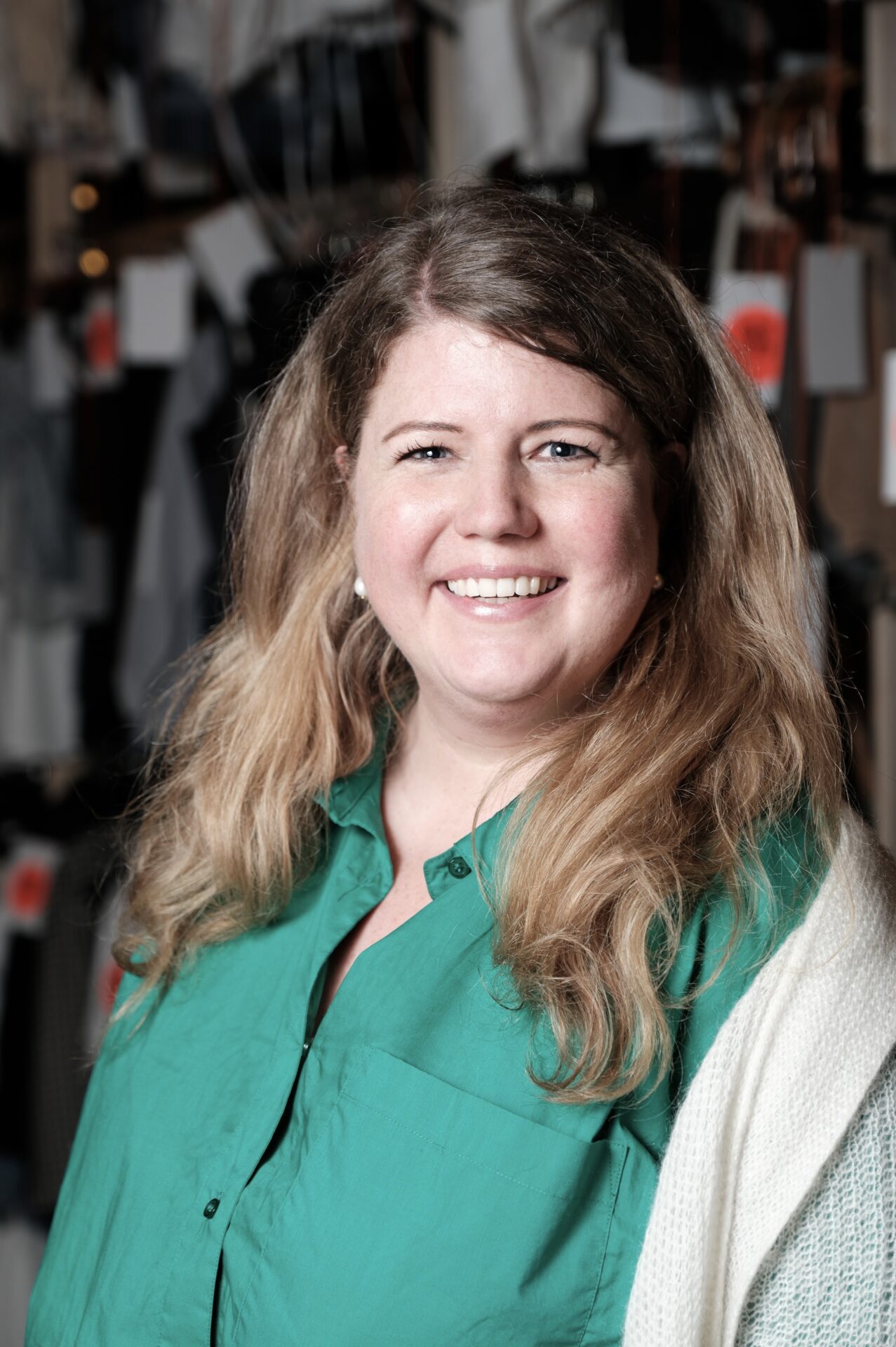«Our generation needs to un-collect.»
Five Questions to Carmen Simon
Carmen Simon is the director of the Regional Museum Chüechlihus in Langnau im Emmental; her career began at the Jewish Museum of Switzerland. Naomi Lubrich spoke to her about her first employment, about professional collecting and about her deaccession project «Entsammeln» (Eng: un-collecting), which is considered exemplary for its transparent and participatory implementation.
Naomi Lubrich: Carmen, you joined the Jewish Museum of Switzerland in 2008. What brought you to Basel?
Carmen Simon: I was 22 years old, studying history and religious studies, and looking for an internship. The museum director at the time, Katia Guth-Dreyfus, 82, was looking for a substitute for her employee, who was pregnant. It was a perfect match! The work in Basel was creative and varied. Katia Guth-Dreyfus involved me in all aspects of her work, sent me to training sessions and conferences all over Europe, and got me excited about the world of culture and museology.
NL: What objects did the museum collect at that time?
CS: First and foremost, we collected Judaica, ritual silver and other objects pertaining to religious life. For Katia Guth-Dreyfus the craftsmanship as well as the historicity of the objects was crucial. Secondarily, we collected documents, memorabilia, in particular objects which told the story of anti-Jewish persecution. We did not collect contemporary objects. We were looking for the Jewish past.
NL: What were the procedures for new acquisitions?
CS: We purchased objects in traditional ways: Katia Guth-Dreyfus consulted antiquarians and read auction catalogs. We did not buy any objects online. We were restrictive when it came to donations. And we discussed every new acquisition with the museum’s expert committee and argued why it was suitable for the collection. Katia Guth-Dreyfus was cautious in a way which was uncommon for her time; other museums were collecting on large scale. But many museums now have come to see their large collections as a burden. In retrospect, justifying each piece and discussing it with others, though time-consuming, was very advisable.
NL: Do you remember offers that were rejected?
CS: Sure, we occasionally rejected offers. But we took our work seriously and tried to find other places and uses for the objects we didn’t include in the collection: We donated the books to libraries, and we used a contemporary Torah pointer for group demonstrations. Objects that contained the name of God were more complicated. They may not be disposed of: They need to be stored – or buried. Rejecting pieces was particularly difficult. Jewish objects are fraught with memories and meanings of a different importance than, say, the one-hundredth shirt in the Chüechlihus Regional Museum.
NL: How has the museum world changed since then?
CS: Collecting has become more professional in many ways. Some examples: Museums today create collection concepts so that the acquisitions reflect institutional values, not personal preferences. Digitization has found its way into museums (albeit comparatively late, archives were faster). Museums began to collect intangible heritage, i.e. sound and image recordings, oral history. Intangible heritage presents us with new questions, for instance on which media they should be stored for the future. We are also increasingly collecting the present. When I was in Basel, there was a situation that I see differently today: We found antisemitic notes in the mailbox – and put them aside without considering them as collectible objects. Today I would add them to the collection.
NL: You have begun a project to «un-collect» the Museum Chüechlihus’s objects. Why?
CS: The Museum Chüechlihus’s depots were overcrowded and disorganized: We had some objects in multiple versions, we had others without documentation, and we had still others that were not worth collecting. And this within a storage space that didn’t meet the requirements for a professional depot. We needed to consolidate the objects and re-locate them to a single, well-equipped storage space. We never questioned the fact that we would need to take every single object into our hands in order to decide what to do with it. While looking at each object, we made a decision about which ones to deaccession. The effort involved in deaccessioning is huge – especially when you implement it in a transparent and participative way, as we are doing. But it has been worth it. In the first phase of deaccessioning we had interesting conversations about collection processes. Many people – even those who were previously less involved – took part. We gained insights into «dormant» objects and received creative suggestions on how to use objects we let go of. It has been a meaningful experience. Nevertheless, I would highly recommend all other curators: Be careful with new acquisitions! Giving objects away is much more difficult than not accepting them in the first place.
NL: Thank you so much, Carmen. We’ll take your words to heart.
verfasst am 04.04.2023
Andreas Reber



